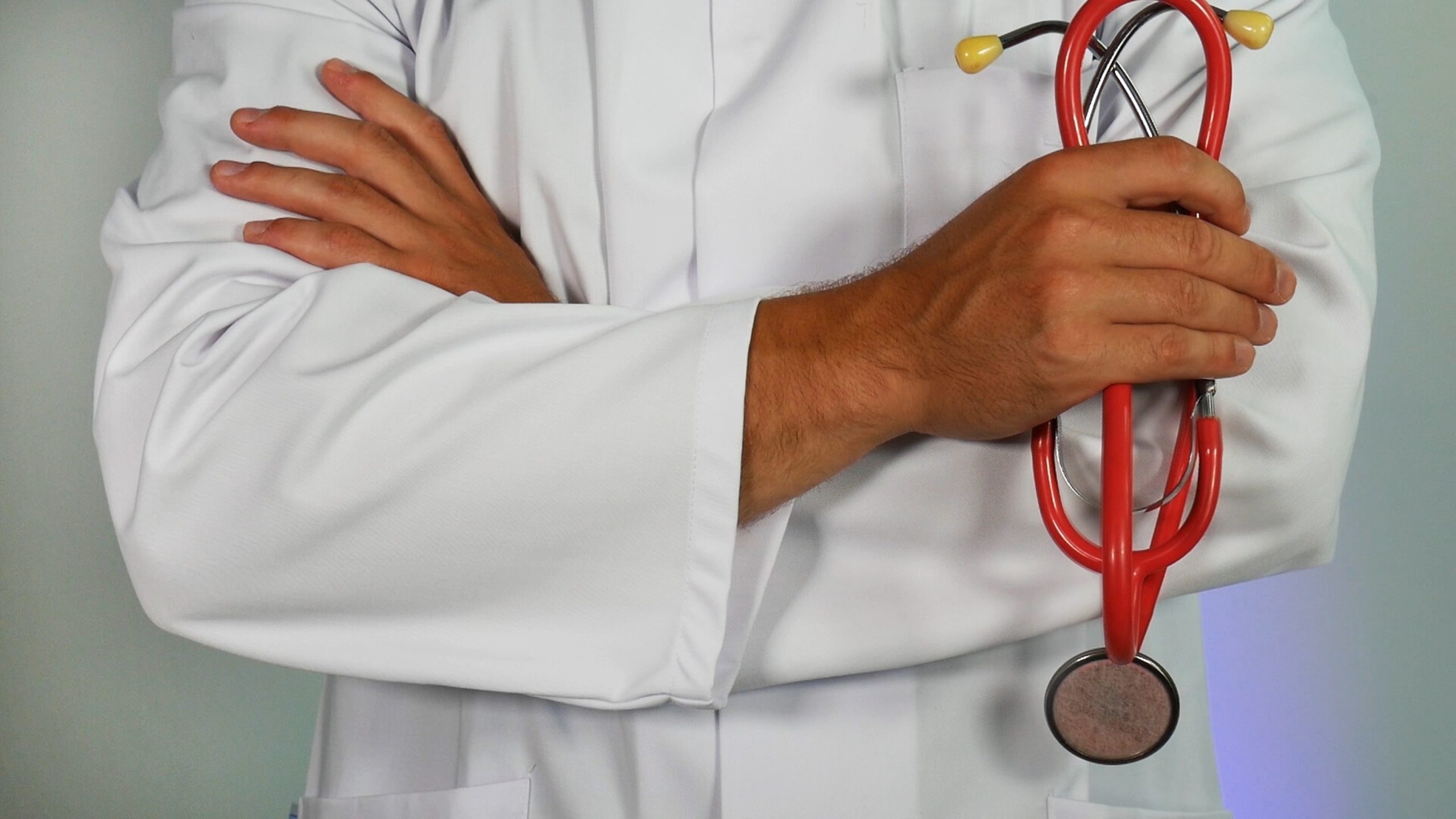Bon Secours Mercy Hospital announced last week that it has entered into a 10-year partnership with medical device maker Royal Philips that will standardize patient monitoring systems in all 49 hospitals. The Cincinnati-based Catholic health system believes that this technological upgrade will ultimately reduce cost burden and transform care delivery.
In an interview, a Bon Secours nursing executive said that the organization’s hospitals had disparate monitoring systems, meaning nurses and physicians have to deal with slightly different ways of caring for patients depending on the location.
“Previously 80% of our hardware technology was Phillips. Other than that, it was a different kind of system and we have centralized, decentralized, different kinds of processes and workflows,” said Jodi Pahl, chief Nursing Officer for workforce experience and nursing outcomes. “This will allow us to standardize that across all of our facilities.”
The financial details of the partnership were not disclosed but it’s not a value-based contract.
If a patient’s heart rhythm is being monitored, previously nurses would have to manually move that cardiac data into the patient’s medical record. Once the technological upgrade occurs, the data will automatically integrate with Epic and populate the patient’s EMR.
“So even like a technology like wave strip (cardiac rhythm monitoring) export — instead of our nurses playing kindergarten where they copy and paste, this will automatically go right into Epic so that the wave strips can be seen by physicians or nurses or anybody right inside of the Epic-[configured] hardware,” Pahl explained.
All this automatic information generation right in the EMR can only mean one thing — lower tech burden, which will lead to lower clinician burnout, which will ultimately result in better patient care. A nurse’s job of patient monitoring is not to “monitor the monitors and deal with the equipment,” declared Julia Strandberg, chief business leader, Connected Care at Philips. This is where the Amsterdam-based company’s technology can have a profound impact on patient care, she believes.
Strandberg pointed out that it’s not just a matter of connecting vital signs information from Philips hardware back into the EMR. But the information system powering Philips monitoring hardware can be sent to clinicians in other parts of the hospital too. Nurses would also be able to get the same information on their phones.
“It’s also a pipe that connects that information to mobile units, centralized monitoring units, dashboards that could exist in the departments such that the right people get the right information at the right time without doing any more work,” she said.
Pahl explained that the technology also is able to escalate a problem to someone else should a nurse be busy with another patient during a time when another patient in their care needs immediate help.
“The great part of this is every nurse will carry a [smartphone] and the communication will go directly to that device with the ability to see the heart rhythm on the device. And there’s an escalation process in the background. So if I am taking care of another patient and I can’t get to [the other patient]it’ll automatically escalate for us,” Pah said. “And what’s great with Phillips is just the intelligence behind the pipes, let’s say, where we can figure out those nuisance alarms and really utilize the technology so that the nurse is getting the true alarms that she needs to be getting and in a timely manner right to our phone.”
The first three years of the partnership will go toward implementing the hardware and software system across the 49 hospitals while the latter seven will be spent in maintenance, per the contract between Bon Secours and Philips. Even though full implementation is three years away, the relief that Pahl feels is immediate and palpable.
“You don’t understand how long we’ve been working on getting things standardized [in terms of] hardware and software, and this has been such a relief that we are going to be able to say to our nurses, ‘this will help you efficiency wise,’” Pahl noted.
Photo: metamorworks, Getty Images



















